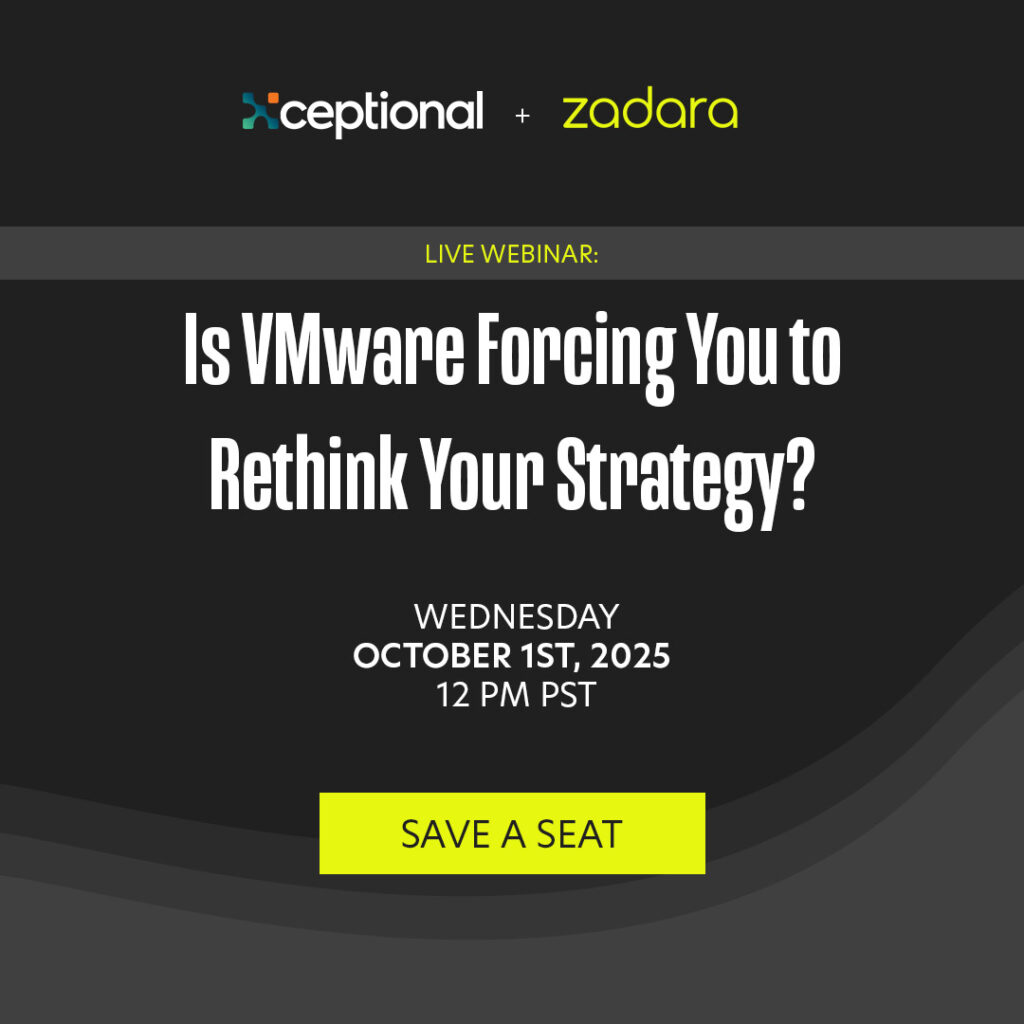A Virtual Private Storage Array (VPSA) is a software-defined storage architecture that delivers secure, dedicated, and scalable storage services in a cloud, hybrid, or on-premises environment. Unlike traditional storage systems that require physical deployment and manual configuration, a VPSA is deployed virtually, giving each user or workload its own isolated storage array with complete administrative control over configuration, data protection, and performance.
VPSAs are designed to offer the flexibility of the cloud with the performance and control of on-premises arrays, making them particularly attractive for enterprises, managed service providers (MSPs), and developers looking for efficient, on-demand, and multi-tenant-ready storage solutions.
Key Features of a VPSA
1. Software-Defined Storage
VPSAs are built on top of software-defined infrastructure, abstracting the storage layer from physical hardware. This enables:
- Rapid deployment and provisioning
- Scalability without forklift upgrades
- Portability across environments
2. Dedicated Storage Instances
Each VPSA acts as a virtual array instance, allocated to a specific user, application, or tenant. It provides:
- Full administrative autonomy
- Custom volume and protocol configuration (e.g., iSCSI, NFS, CIFS, S3)
- Security isolation between tenants
3. Elastic Capacity and Performance
Users can dynamically adjust:
- Capacity: Add or remove storage volumes on demand
- Performance: Scale up IOPS or throughput based on workload needs
4. Integrated Data Services
VPSAs include built-in enterprise features such as:
- Snapshots
- Replication
- Thin provisioning
- Cloning
- Encryption at rest and in transit
5. Multi-Tenant and API-Driven
With logical isolation and REST APIs, VPSAs support:
- Multi-tenant SaaS platforms
- MSP offerings for resellers
- Automated DevOps pipelines and storage orchestration
How VPSA Works
A VPSA operates as a virtual controller that manages a dedicated pool of storage resources. The backend infrastructure (whether SSD, HDD, or NVMe) is abstracted from the end user. When a VPSA is deployed:
- A virtual array controller is instantiated
- Storage volumes are created and formatted based on workload requirements
- Data services like replication and snapshots are configured
- The user connects their applications or VMs to the VPSA via standard protocols
The VPSA controller handles all metadata operations, storage orchestration, and QoS policies, ensuring consistent and predictable performance for each array.
Benefits of VPSA
1. Control Without Complexity
VPSAs provide fine-grained control over storage performance and policies without the burden of managing physical infrastructure.
2. Rapid Provisioning
Unlike traditional SAN/NAS setups that may take days to configure, a VPSA can be deployed in minutes.
3. Cost Efficiency
VPSAs are consumed on a pay-as-you-go basis or through managed services, reducing capital expenditure and aligning costs with usage.
4. Enhanced Security
Data encryption, user-level access control, and isolation ensure each tenant’s data remains secure and compliant.
5. Seamless Integration
VPSAs integrate with:
- Kubernetes for persistent storage
- Backup/DR platforms
- Hypervisors like VMware and KVM
- Hybrid cloud and edge compute platforms
Use Cases for VPSA
1. Enterprise Storage Consolidation
Organizations replace legacy SANs with VPSAs to support databases, VMs, file shares, and backup from a unified, virtualized storage layer.
2. MSP and SaaS Storage Delivery
Service providers use VPSAs to offer multi-tenant storage-as-a-service, creating separate arrays for each client with built-in data protection.
3. DevOps and CI/CD
Developers deploy VPSAs to provide persistent volumes for containers, clone environments for testing, or rapidly snapshot before deployments.
4. Disaster Recovery
VPSAs support asynchronous and synchronous replication to secondary sites or cloud regions for high availability and business continuity.
5. Edge and Remote Infrastructure
VPSAs can be deployed in remote sites or colocation facilities, offering cloud-like storage control even in bandwidth-constrained locations.
VPSA vs Traditional Storage Arrays
| Feature | VPSA | Traditional SAN/NAS |
|---|---|---|
| Provisioning Time | Minutes | Hours or Days |
| Scalability | Dynamic, API-driven | Manual, hardware-bound |
| Tenant Isolation | Logical per-VPSA | Limited unless partitioned manually |
| Data Services | Built-in (snapshots, replication, etc.) | Often require separate licenses |
| Cost Model | OPEX or subscription | CapEx and ongoing support costs |
| Flexibility | Multi-protocol, multi-tenant | Fixed-use, single-tenant |
Zadara and VPSA
Zadara is the originator and leading provider of VPSA technology, delivering it as part of its Storage-as-a-Service (STaaS) platform.
Key Zadara VPSA Capabilities:
- Available globally across Zadara locations and partners
- Supports block, file, and object storage
- Fully managed by Zadara 24/7, including patching and updates
- Deployable on private cloud, colocation, edge, and hybrid environments
- High availability with automatic failover and RAID protection
- API-first design for integration with Kubernetes, VMware, OpenStack, and more
Zadara VPSAs are also embedded in Zadara’s Edge Cloud Services, making them ideal for MSPs and enterprise IT teams needing sovereign or localized cloud solutions.
Performance and Reliability
Zadara VPSAs offer:
- SSD and HDD tiers for mixed workload needs
- Advanced caching algorithms to boost I/O
- QoS guarantees per VPSA instance
- Snapshots and clones with minimal performance impact
- Redundancy via N+1 architecture and dual-controller HA
Security and Compliance
Zadara VPSAs are designed for highly regulated environments:
- AES-256 encryption (at rest and in transit)
- FIPS 140-2 certified encryption modules
- Role-based access control (RBAC)
- Data locality policies for GDPR, HIPAA, and financial compliance
- Logging and audit trails for accountability
Management and Automation
Zadara provides an intuitive web console and full-featured API to:
- Deploy VPSAs across global regions
- Adjust performance or capacity in real time
- Monitor usage, latency, and IOPS
- Schedule replication or DR jobs
- Automate provisioning via Terraform or Ansible
Zadara also offers white-label capabilities for partners to build branded VPSA services under their own platforms.
Challenges and Considerations
- Network design matters: VPSAs perform best with low-latency connections to compute
- Storage quotas and alerts: Must be configured to prevent unexpected usage
- Integration strategy: Workloads must be profiled to determine appropriate protocol and tiering
- Data movement planning: Migrating from legacy systems to VPSA may require planning around cutover windows and consistency
Future Outlook of VPSA
The VPSA model is increasingly relevant in:
- Edge computing, where full storage services are needed without physical infrastructure
- Sovereign cloud, where data locality and tenant isolation are required
- AI and analytics, where flexible and scalable storage with high throughput is essential
- Developer-centric IT, where Infrastructure-as-Code demands programmable storage
VPSA adoption is expanding beyond enterprise IT into telco, retail, smart cities, and energy, driven by the need for storage systems that are both elastic and governed.
Conclusion
A Virtual Private Storage Array (VPSA) delivers the best of both cloud and enterprise storage: on-demand scalability, strong security, and tenant-level control—without the complexity or overhead of traditional hardware. Whether you’re an enterprise modernizing infrastructure, an MSP building your own cloud, or a developer automating your stack, a VPSA is a flexible, future-proof storage foundation.
Zadara’s VPSA platform leads the way with global reach, multi-protocol support, and enterprise-grade reliability—backed by managed services and SLA guarantees. In today’s hybrid, edge, and AI-driven world, VPSAs enable organizations to unlock storage agility without compromise.
« Back to Glossary Index

